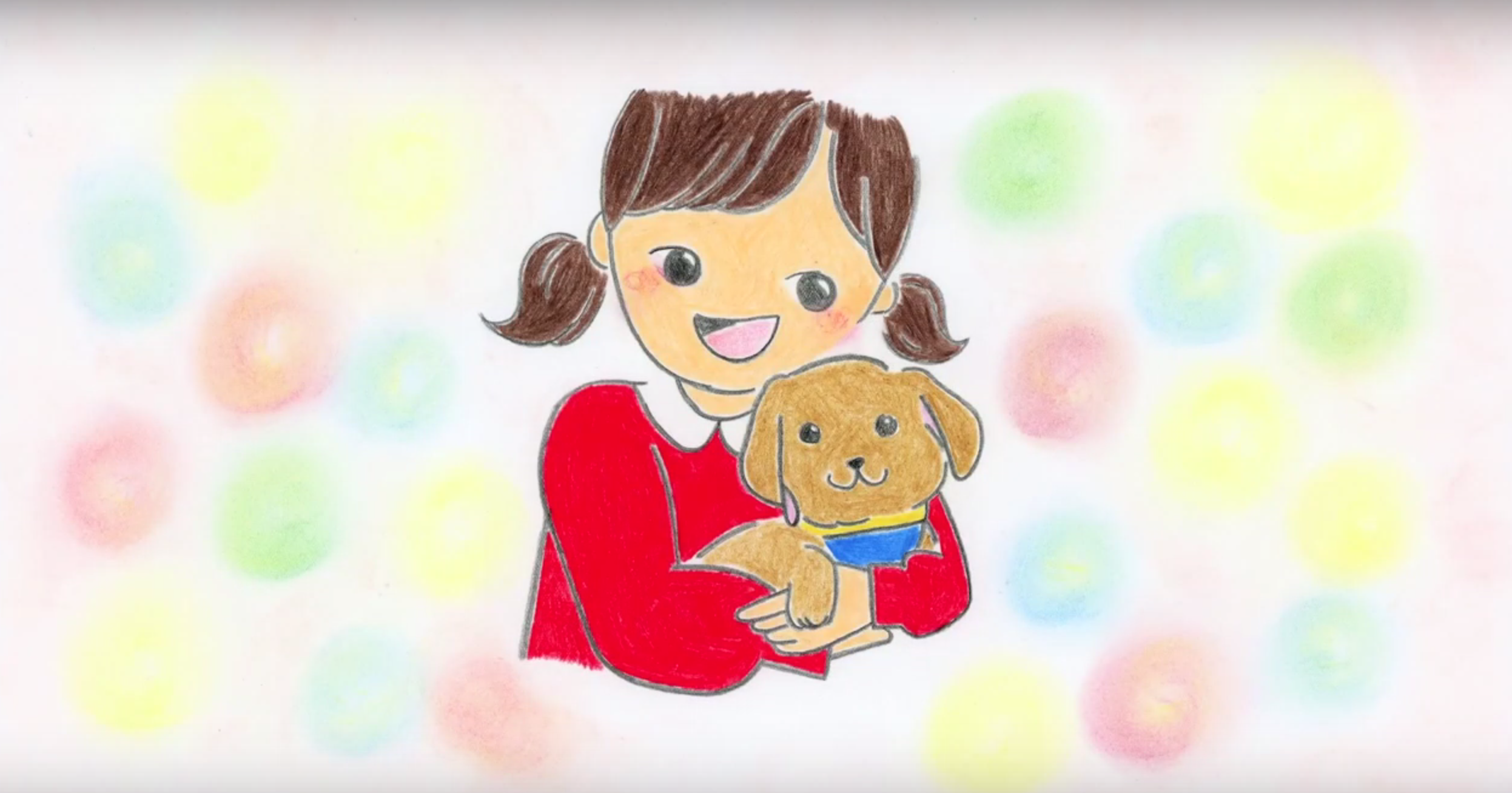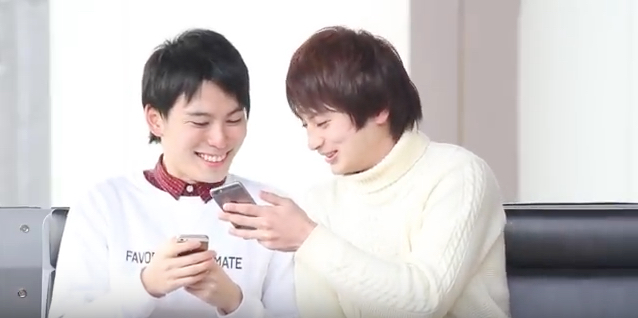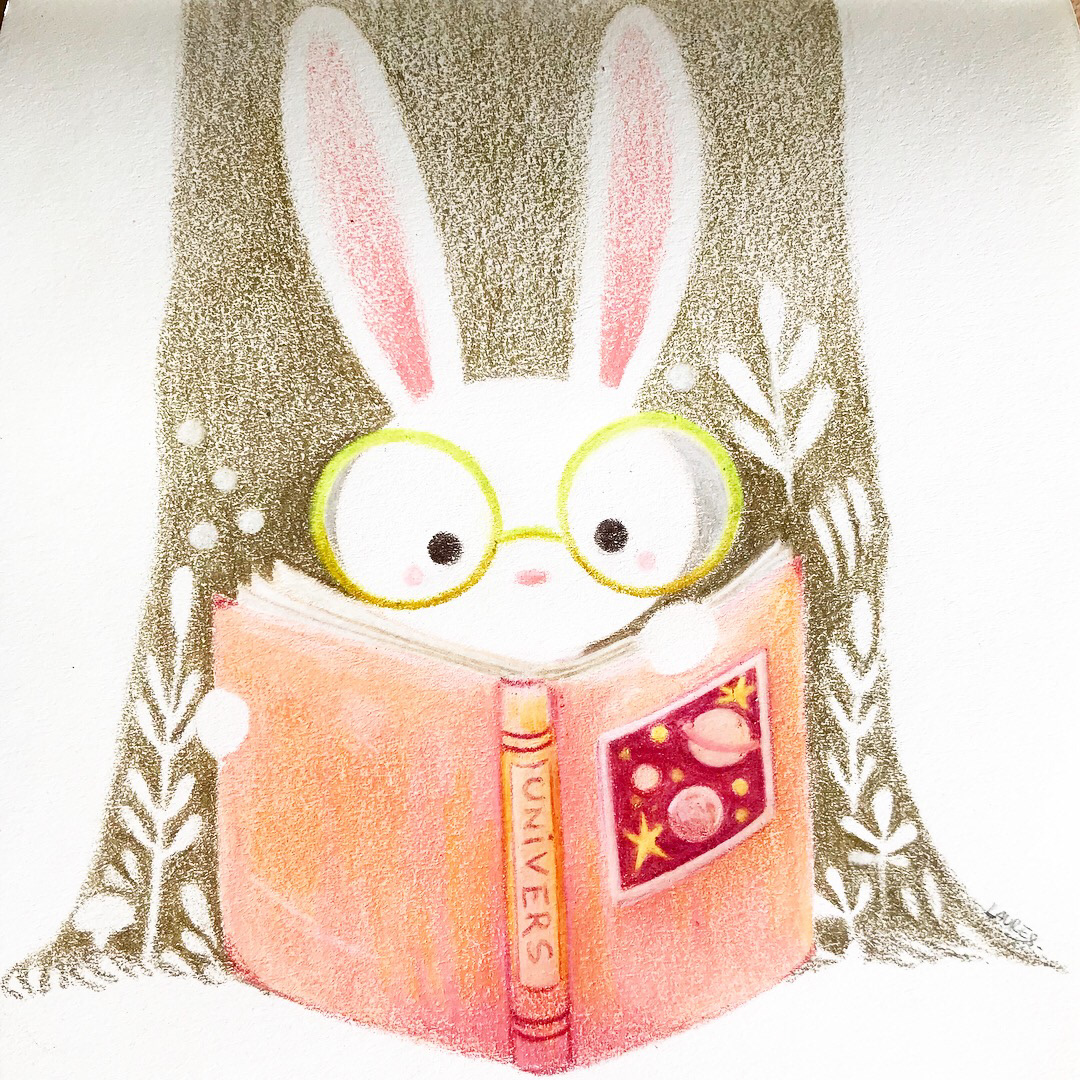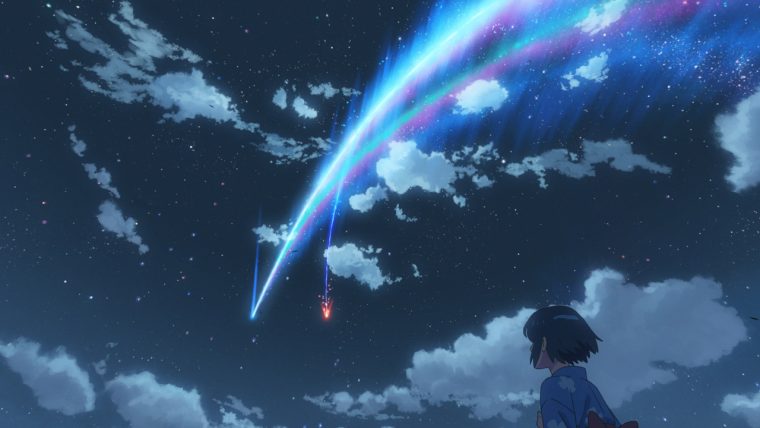Video Origin: Official YouTube Channel of Doshisha Women’s College of Liberal Arts
Translators: Alissa, Eva, & Sichu
The Japanese script and the English translation
私にはヒーローがいる。
I have many heroes in my life.
パパ、ママ、友達。
My dad, my mom, my friends.
ここはどこ。
Where am I?
さみしいよ。
I’m so lonely here.
だれが僕を迎えにきて。
Somebody save me!
君のヒーローはだれ。
Who is your hero?
動物愛護センターでは多くの犬や猫たちがヒーローを待っています。
At the animal welfare center, so many dogs and cats are waiting for a hero (you!).
私が君のヒーローになるよ。
I’ll be your hero!
ワン
Woof!
About the video (the gist of the video)
The video is supposed to influence children and their parents to adopt an animal from their local shelter in order to save them from a sad and lonely life. It features a particular center/shelter as it’s focus.
Intended audience
This video is for everyone. Though the images and voices used in the video highlight the experiences of a child and so will appeal especially to children and parents, the content of the video and the message can be understood by anyone.
Challenges when translating the video clip, solutions and the rationales
a. The most challenging parts of translating the video was pinning down how specific we wanted the translation to be in relation to the type of language or wording used as well as the feeling behind the line. For example, we had several options of translating “さみしいよ” such as “It’s lonely here”, “I am lonely here”, “I am so lonely here” and “I’m so lonely here”. We selected the last option as the final translation because we wanted to capture the intense feeling as well as the childlike speech that the voice uses. In the next line of “だれが僕を迎えにきて”, instead of translating it directly from what is written in Japanese, we chose to capture the overall desperate feeling of the dog because that was what we thought was the most important part, and translated it not as “Who is going to come and pick me up?”, but as “Somebody save me!”. In fact, we decided to do this after consulting the Doshisha students who created the video because they said the most important part was the feeling of loneliness of the dog and how he really wanted somebody to come help him out of the situation.
b. In relation to point a (above), the feeling of the this video was really important and therefore we had to sacrifice an exact translation for more heart-wrenching lines. This was challenging I think because many of us thought that the main aspect of translating was to be as accurate to the original words as possible, but we learned that it is actually better to be more true to the emotional aspect, especially when translating a video meant to convey a particular feeling to kids.
Where the most creativity was applied
Because the image for the line “At the animal welfare center, so many dogs and cats are waiting for a hero” actually has “あなた” or “you” written instead of “ヒーロー” or “hero” which the narrator says, we wanted to keep what the narrator says in the English translation but also preserve the written line in the video image that says “you” to communicate the full message of the video. Therefore, we added “(you!)” at the end of the line to keep the two different words though the audio only says one. We did not want viewers who cannot read Japanese to lose the part of the video that is most personalized for the viewer, so we had to use creativity to make sure that did not happen. This aspect is extremely important because it calls upon the viewer for action which could be interpreted as the main point of the video.
Advice for students who are interested in translating videos
- My (Alissa’s) advice would be go for it, especially if you already have the interest. I would first recommend writing down a full script of the video in its original language and then working off of that when translating. I also recommend working at it little by little, so you do not get overwhelmed.
- My (Eva’s) advice is to get other people’s opinions on what you have translated. It was really helpful for me to hear other people’s thoughts because though I had my own idea of what the lines meant others had completely different ideas that really helped me come to the best translation possible.
- My (Sichu’s) advice is to consult with the creators of that video, if possible, to understand the video better and see what they want to deliver to audience. The reason is that when do the translation, we may like to deliver the message as close as possible to the original text.
Overall experience and thoughts on translation
- I (Eva) think translating videos is a great exercise in translation overall. Because videos and especially the audio in videos can be so fast, the translations need to be short and readable at a fast pace, and the meaning and points must be condensed enough so the reader does not get tired. However, though the lines must be short, they still require a lot of thought and revisions, perhaps even more so than longer sentences in other forms of media where the reader can spend more time reading them.
- I (Alissa) think that having a chance to translate a PSA made by Japanese students, who are in similar age to us, was a really unique experience. The videos were pretty short, so we did not get overwhelmed but, they also held important messages so translating them also gave me a sense of importance. It was also nice to work with classmates so we could discuss and rework translations until they became the best they could be.
How interviewing the creators influenced the translation process?
- Interviewing the creators helped our translation process a lot because we asked for clarification of the meaning of certain lines, about who they intended the audience to be, as well as if the sentences we had drafted for translation captured the original meaning and intent. It was really good to have a chance to consult the creators of the video because then we could get our questions answered and feel assured that we were on the right track with translating the video.
- I think interviewing the creators gave us an awesome opportunity to really hone in on the true feelings behind the videos. I do wish that they were more open to talking with us because at some points they felt so shy and it seemed like only one person wanted to talk.




ご無沙汰しております。
この度は、私たちの作品を選び翻訳してくださって
本当にありがとうございました。
日本語で日本人に、
自分たちの意図するメッセージ・言葉を
作品に込めることですら難しいことなのに、
英語という他言語に変換して、他の世界の人々にもできるだけ差異なく、
言葉で想いを伝えるのは本当に大変なことだと思います。
それをおこなったスミス学生の皆さんは本当にすごいと思います。
また、翻訳を拝見して、私たちが意図していた、子供にも分りやすい
ストレートな言葉の表現が英語でもされていて、とても嬉しかったです。
ありがとうございました。